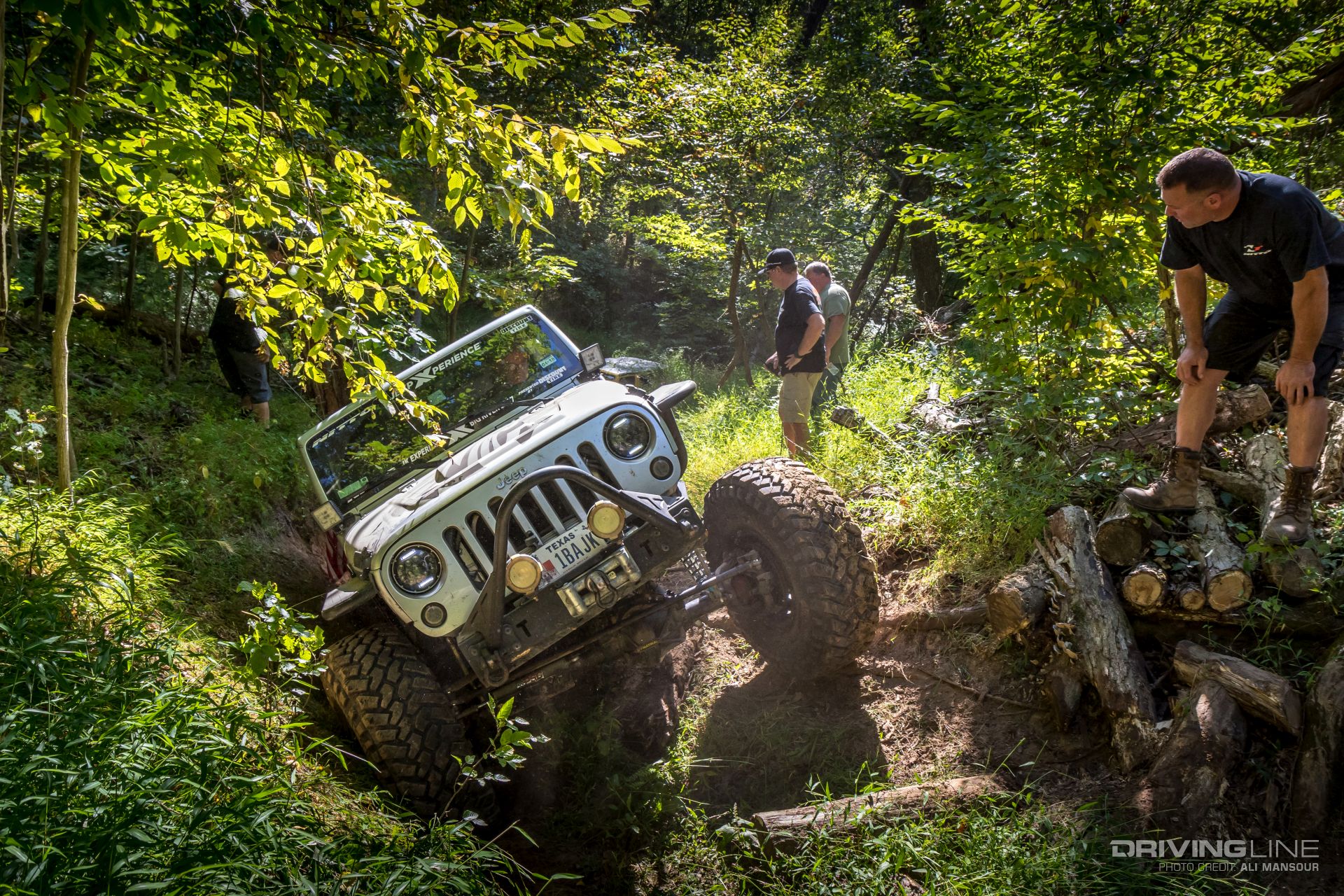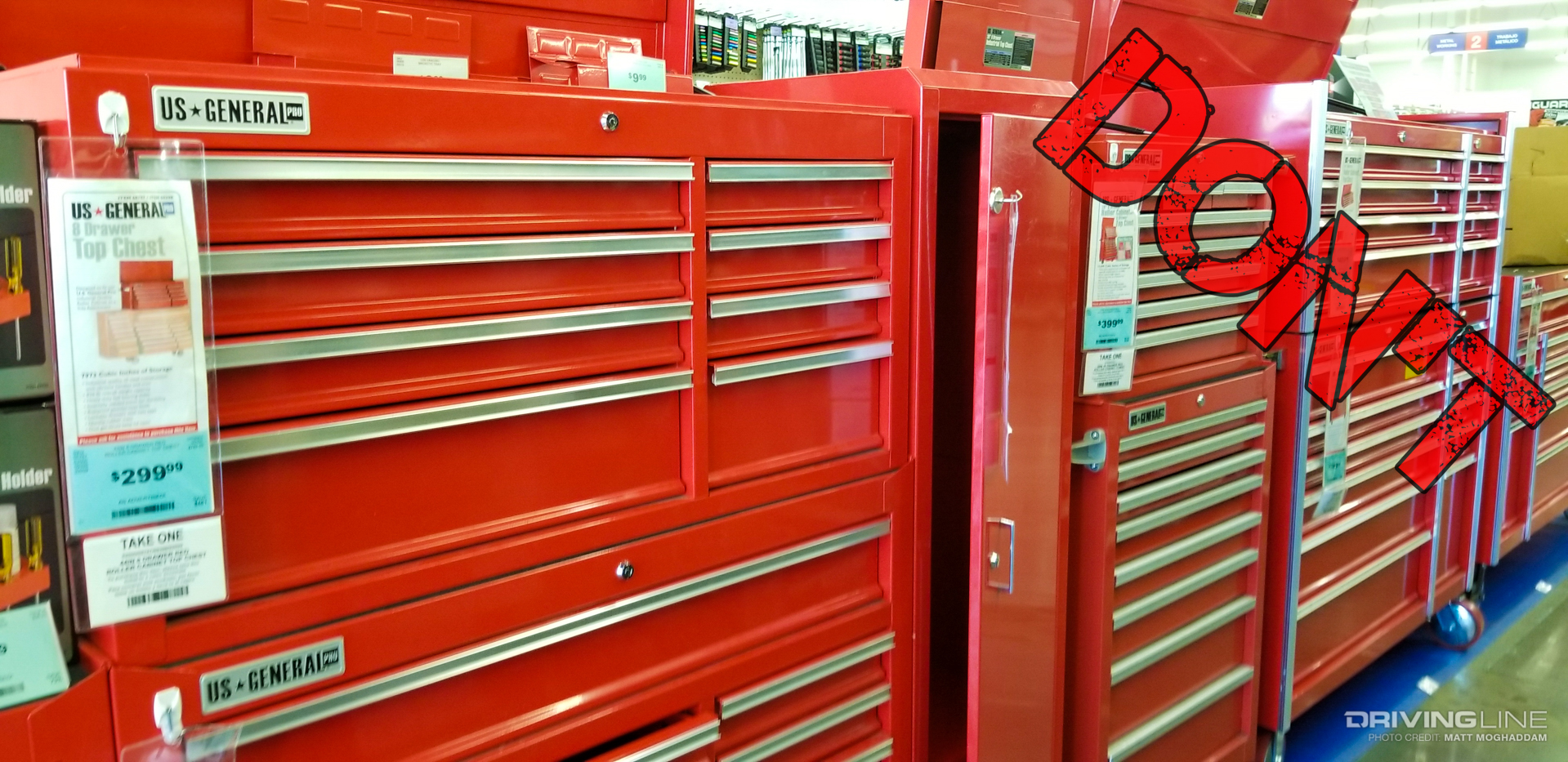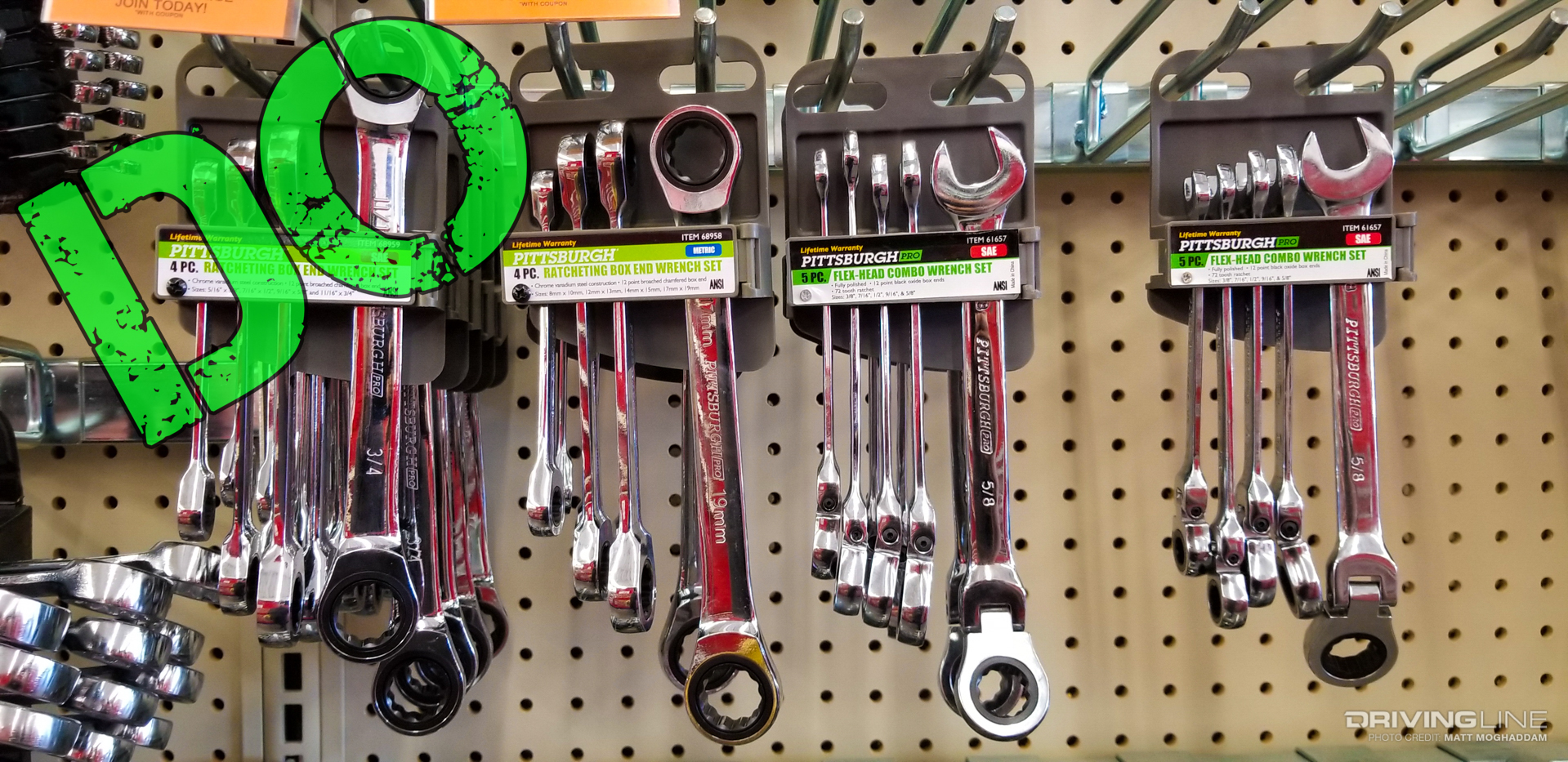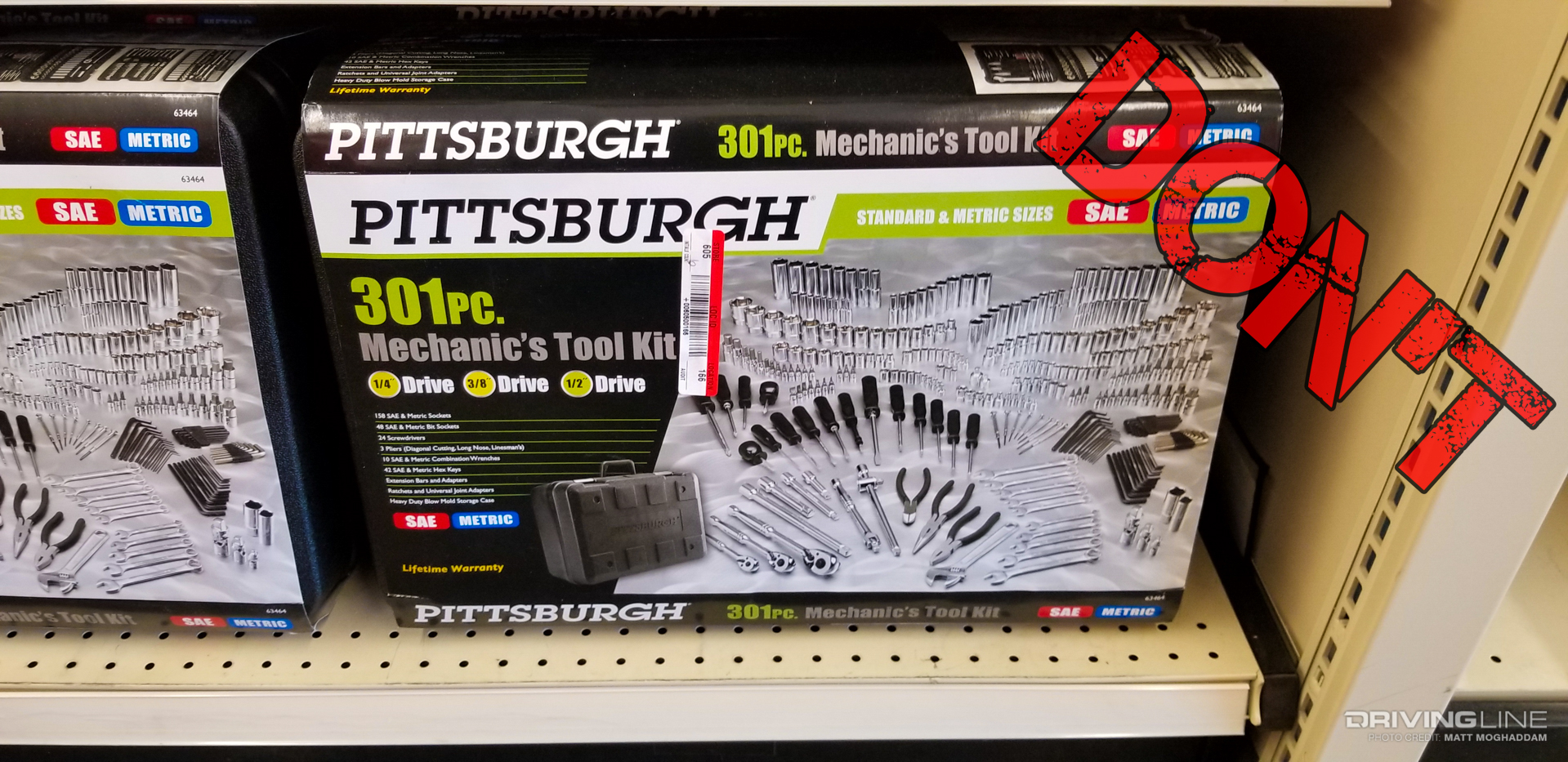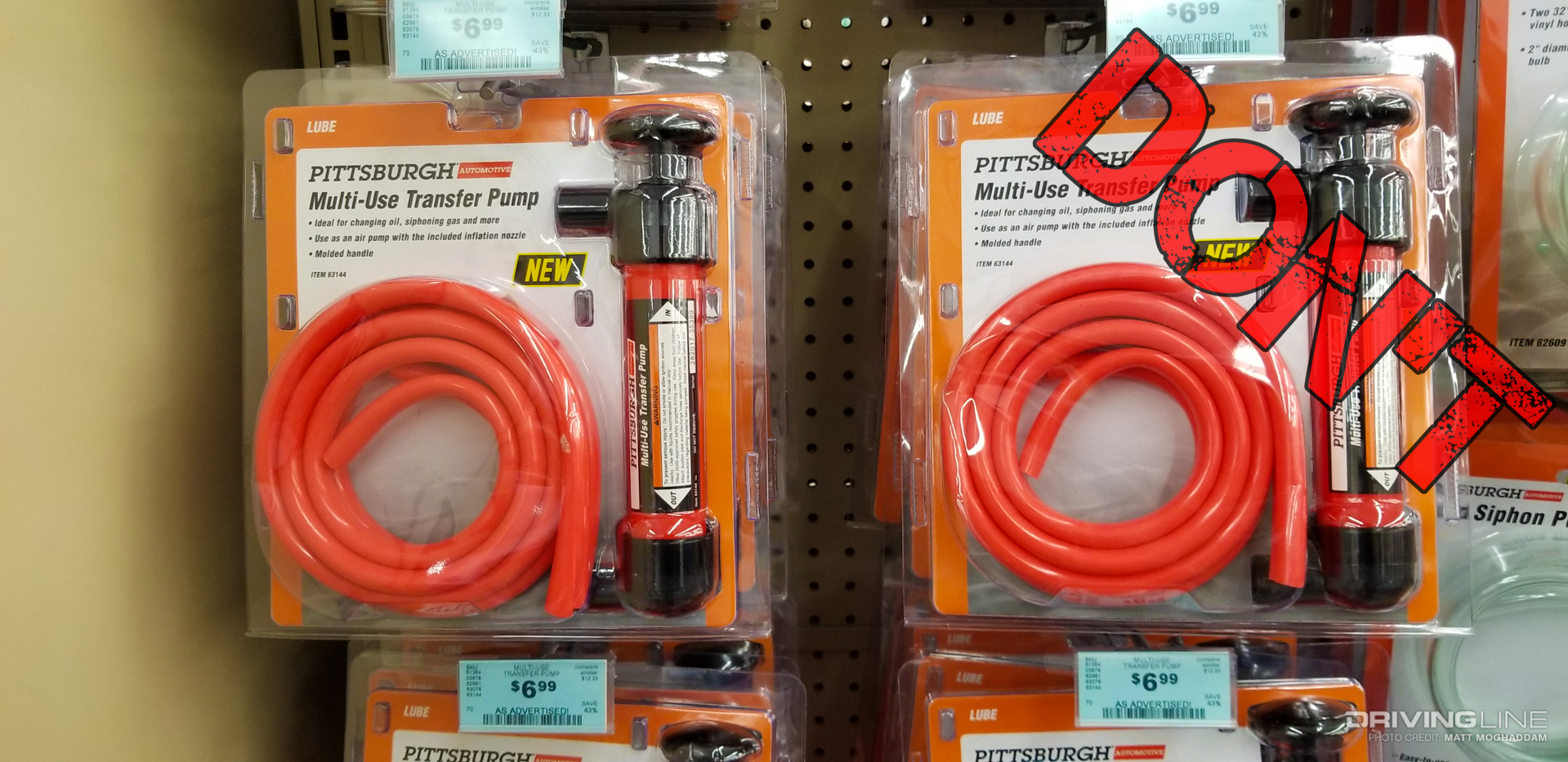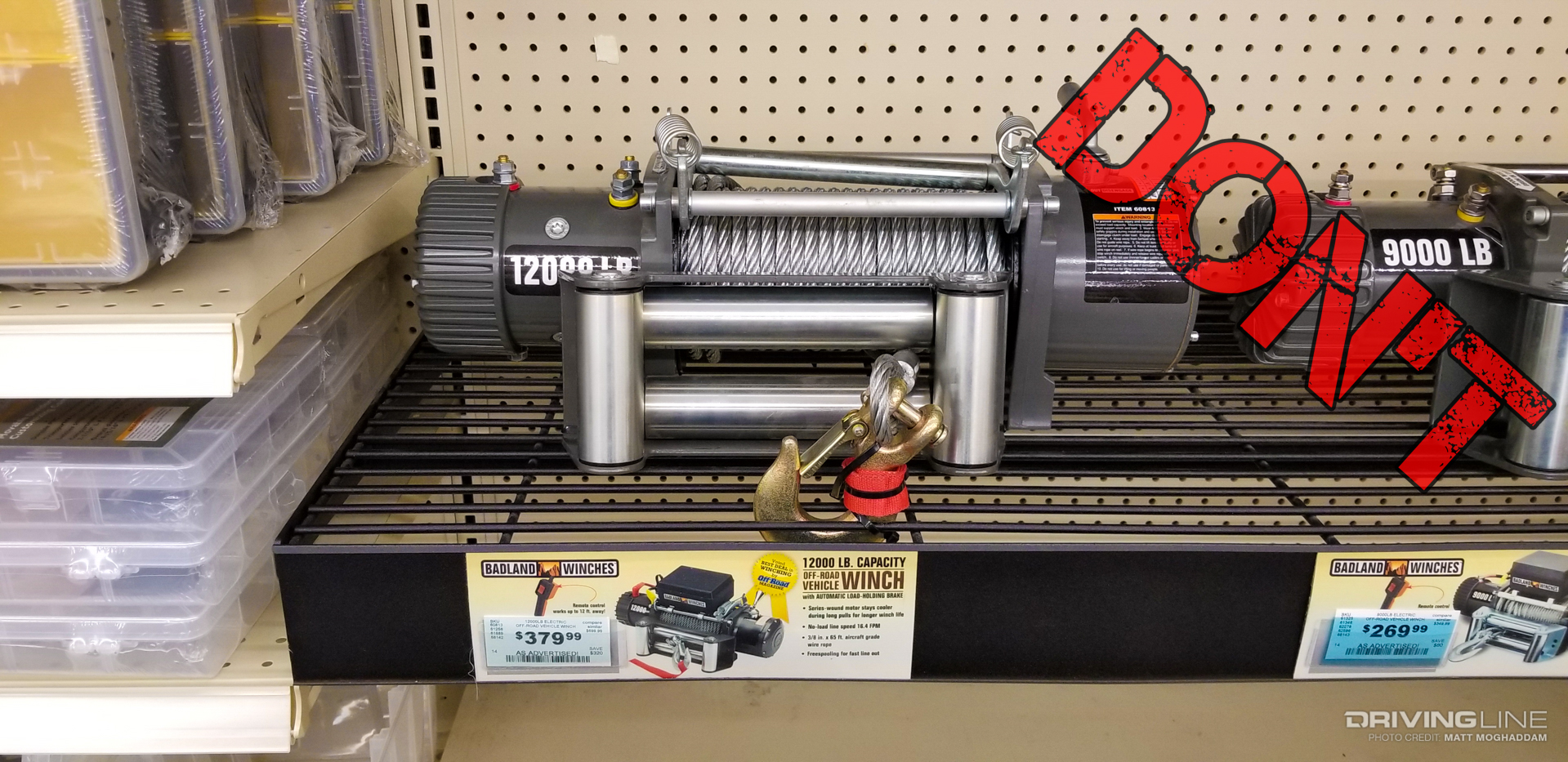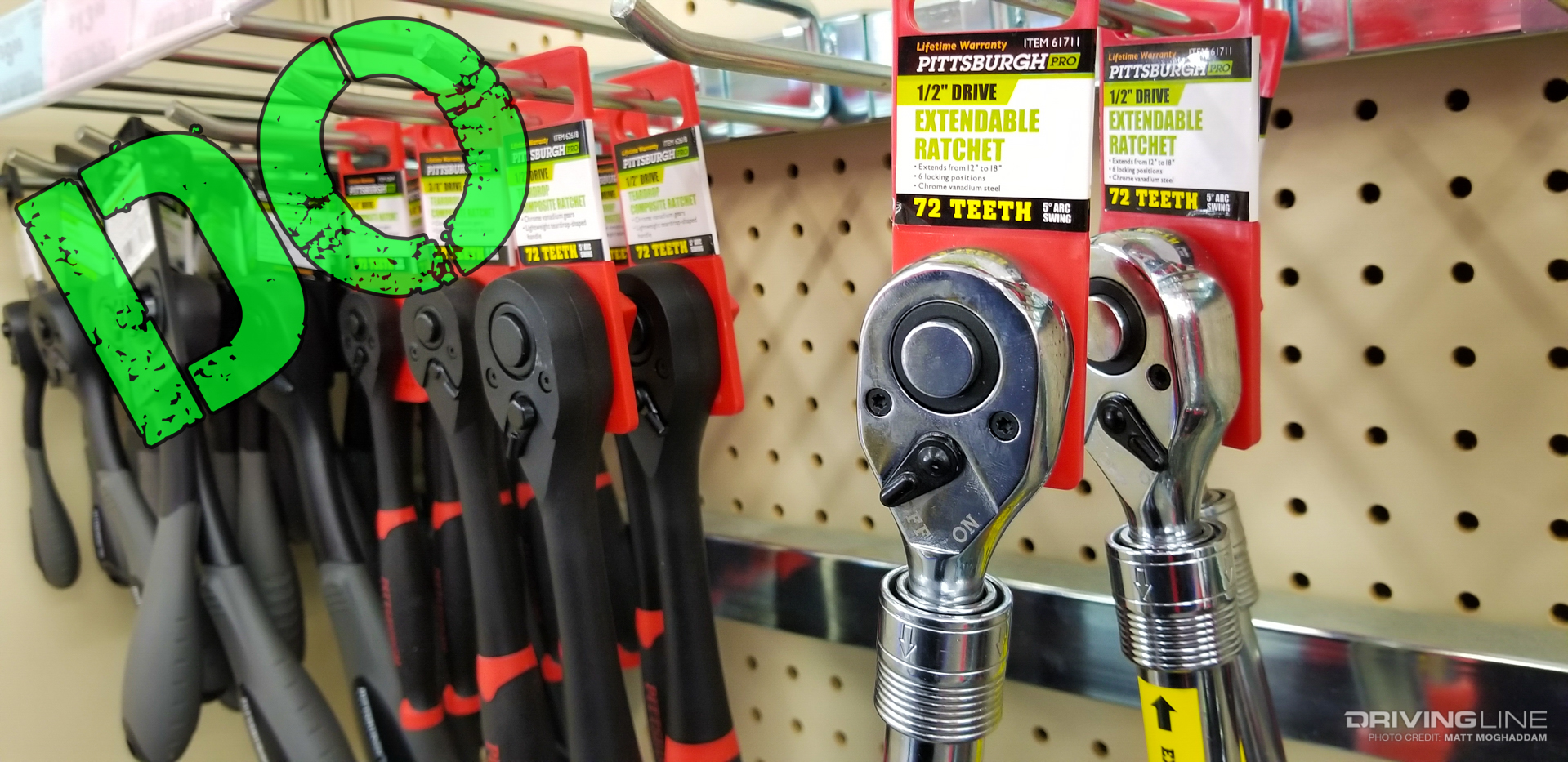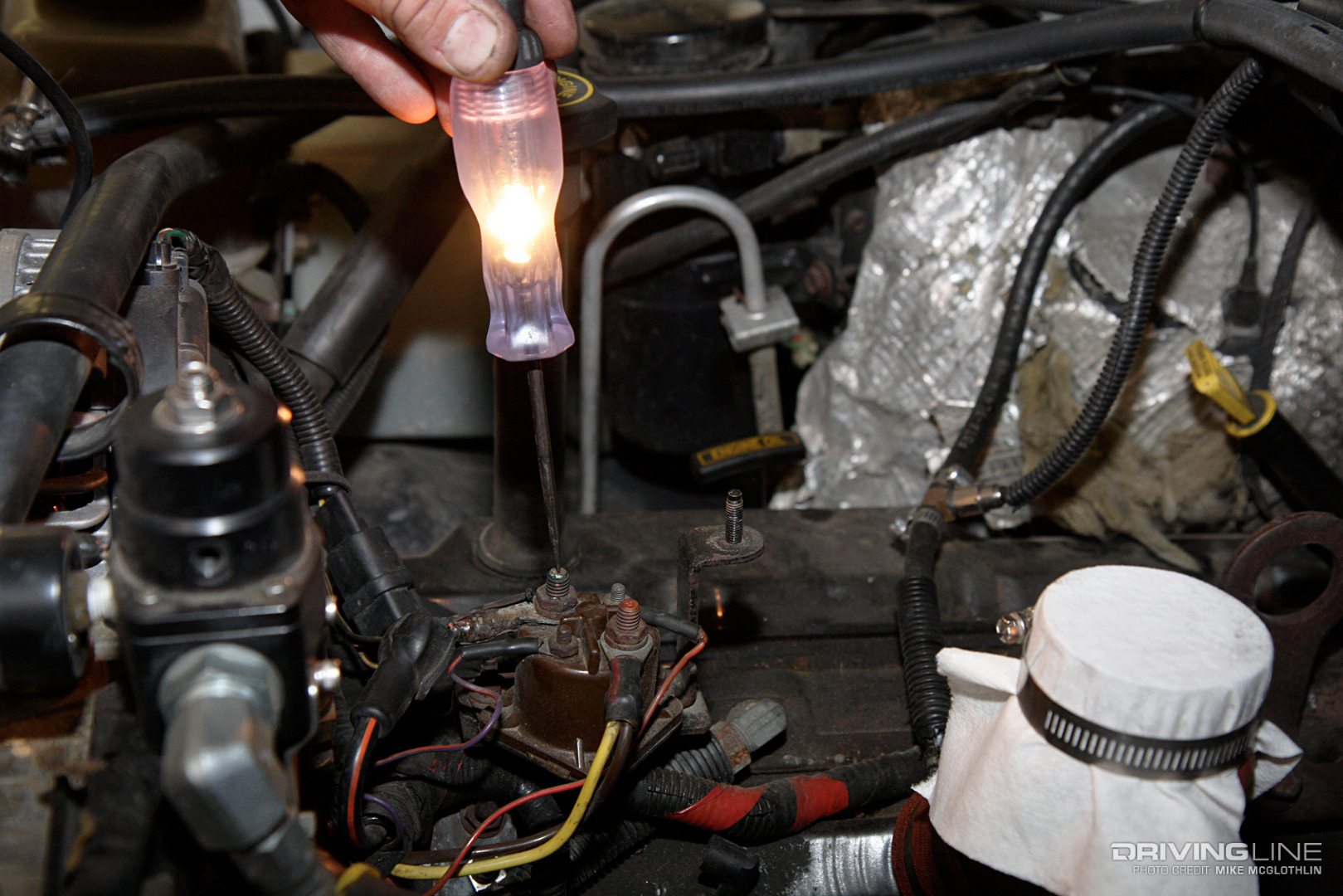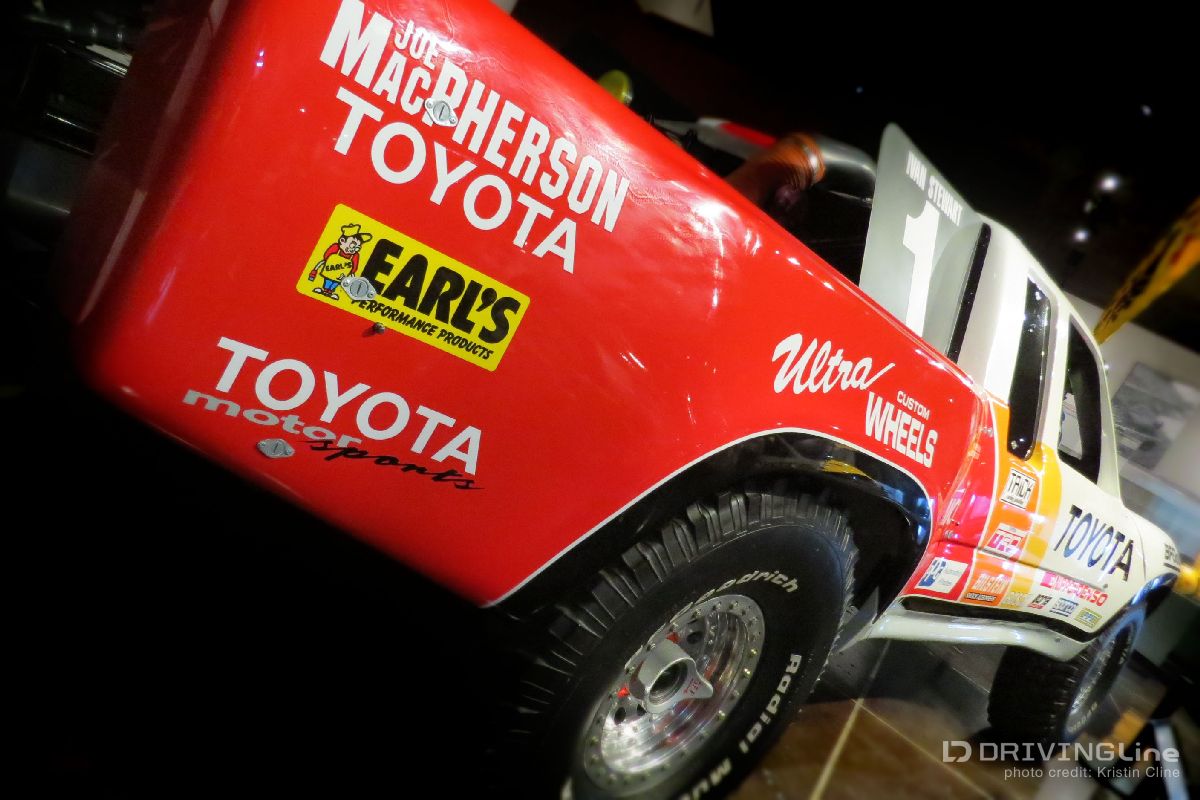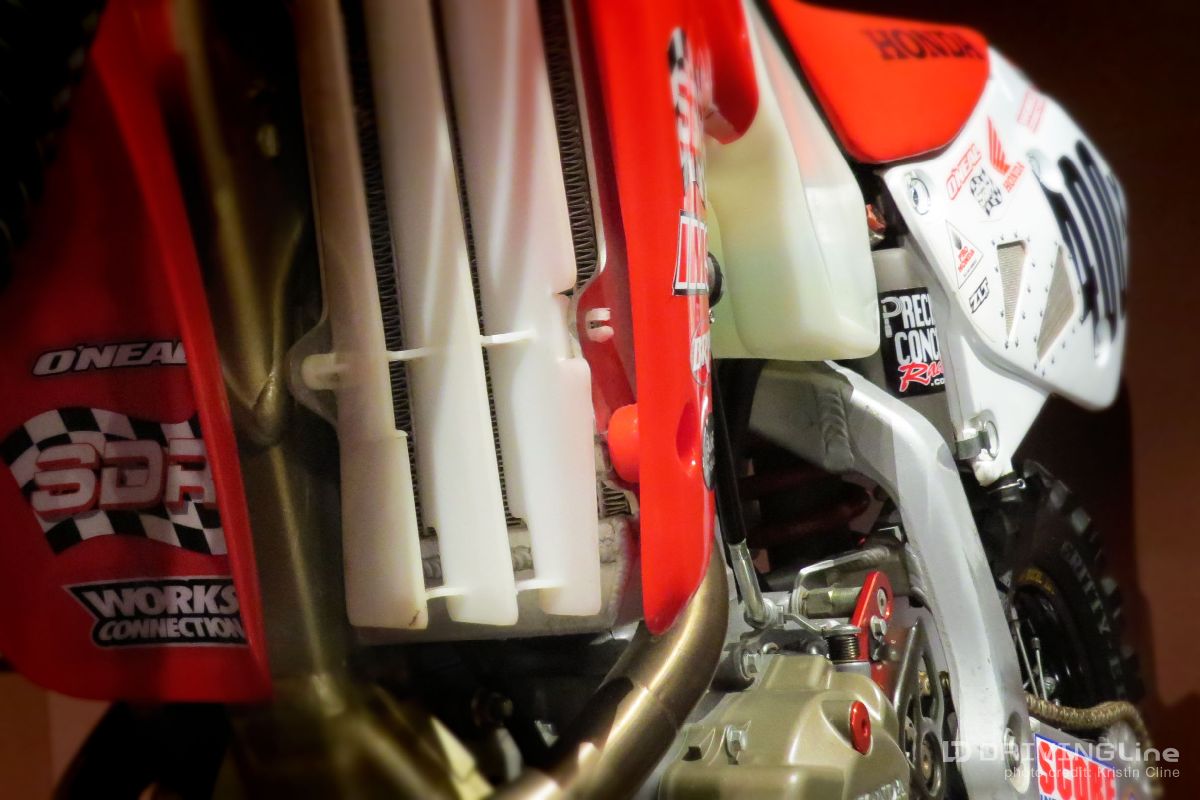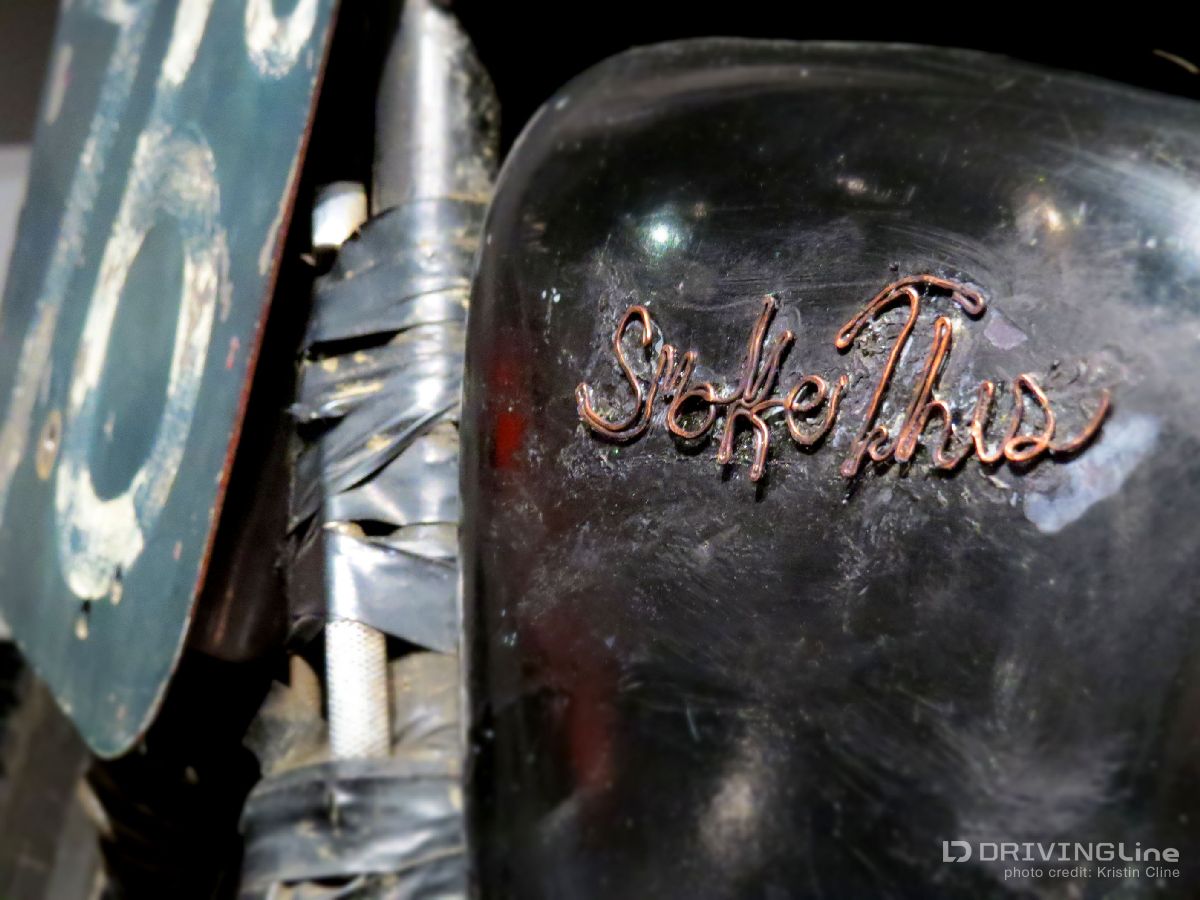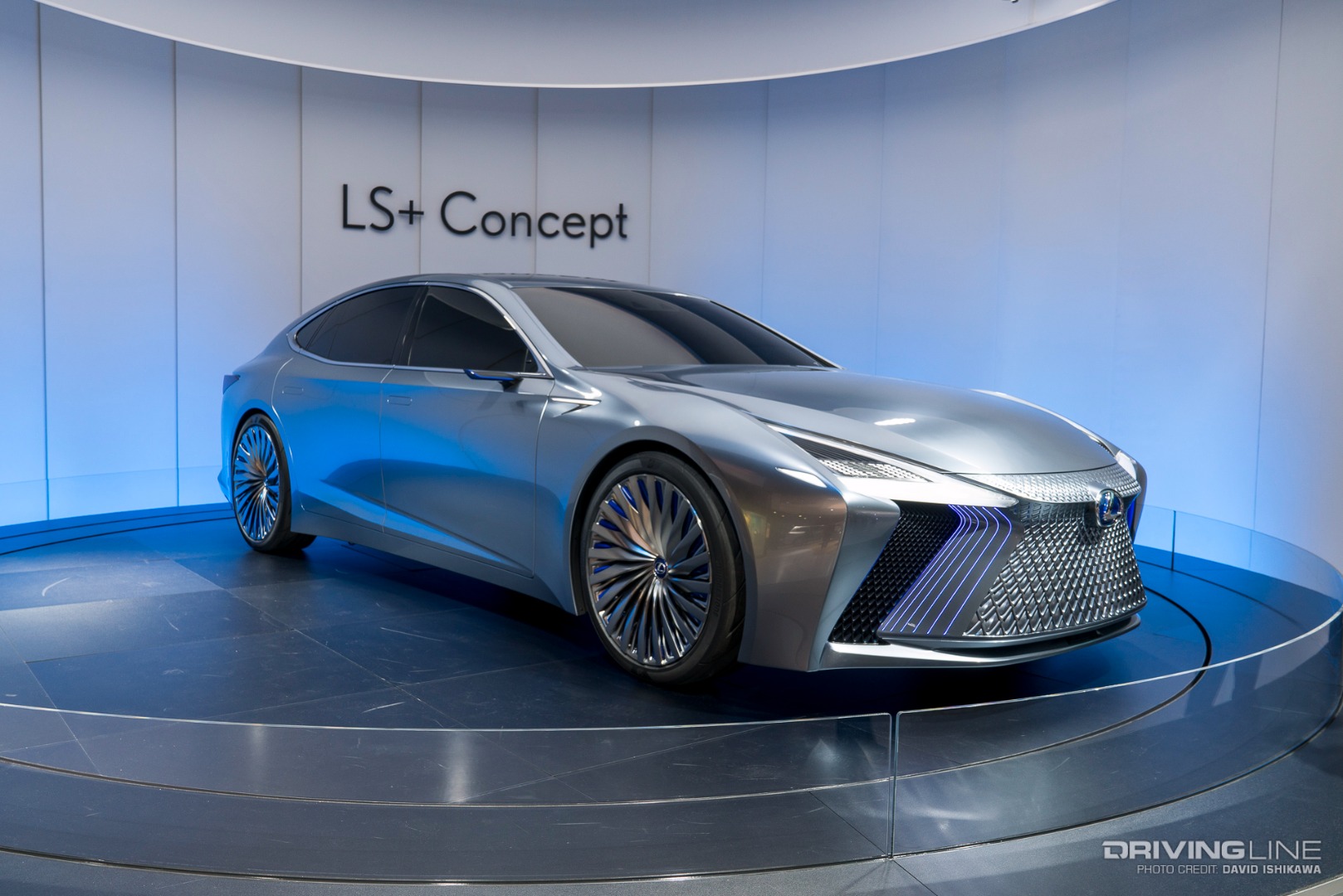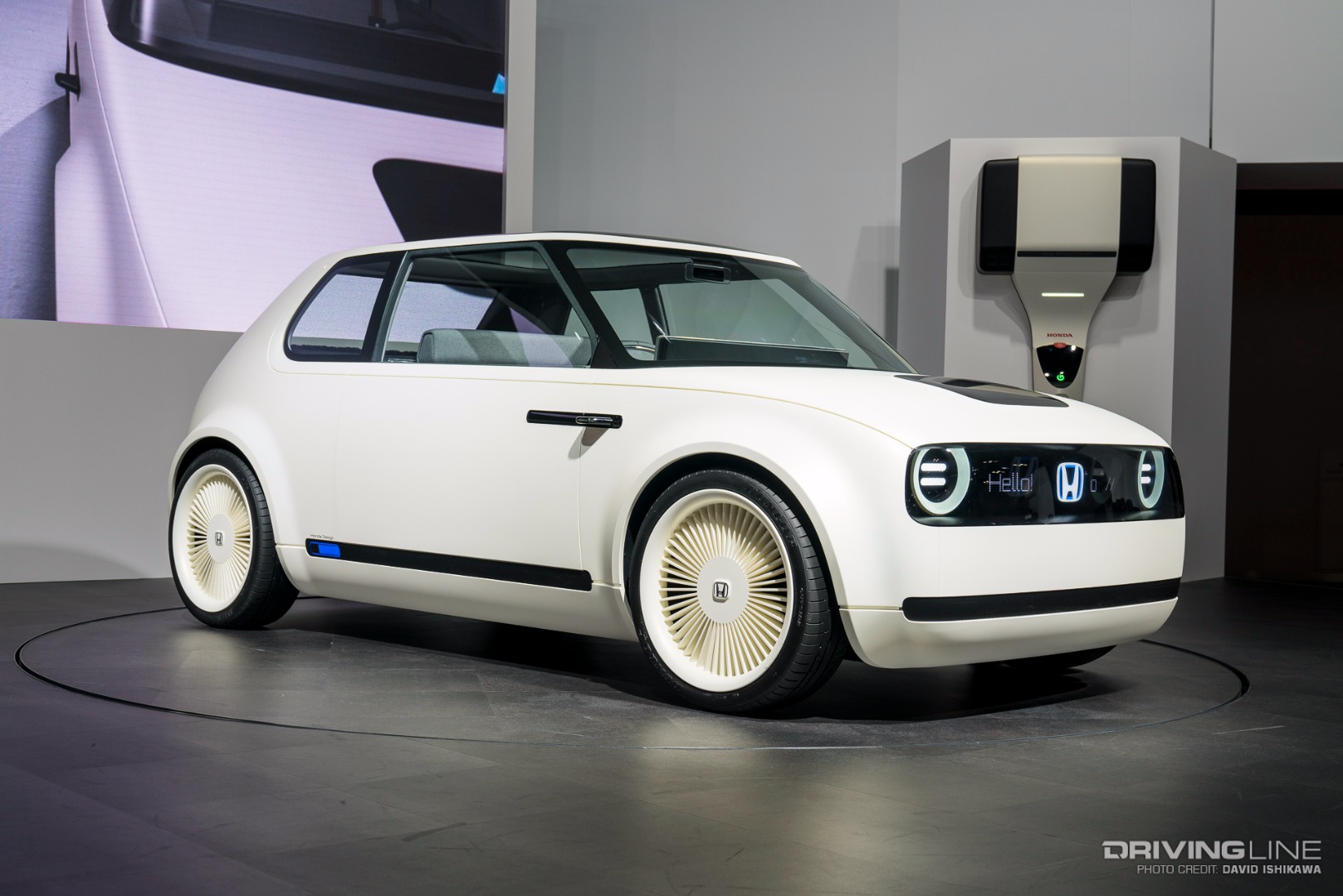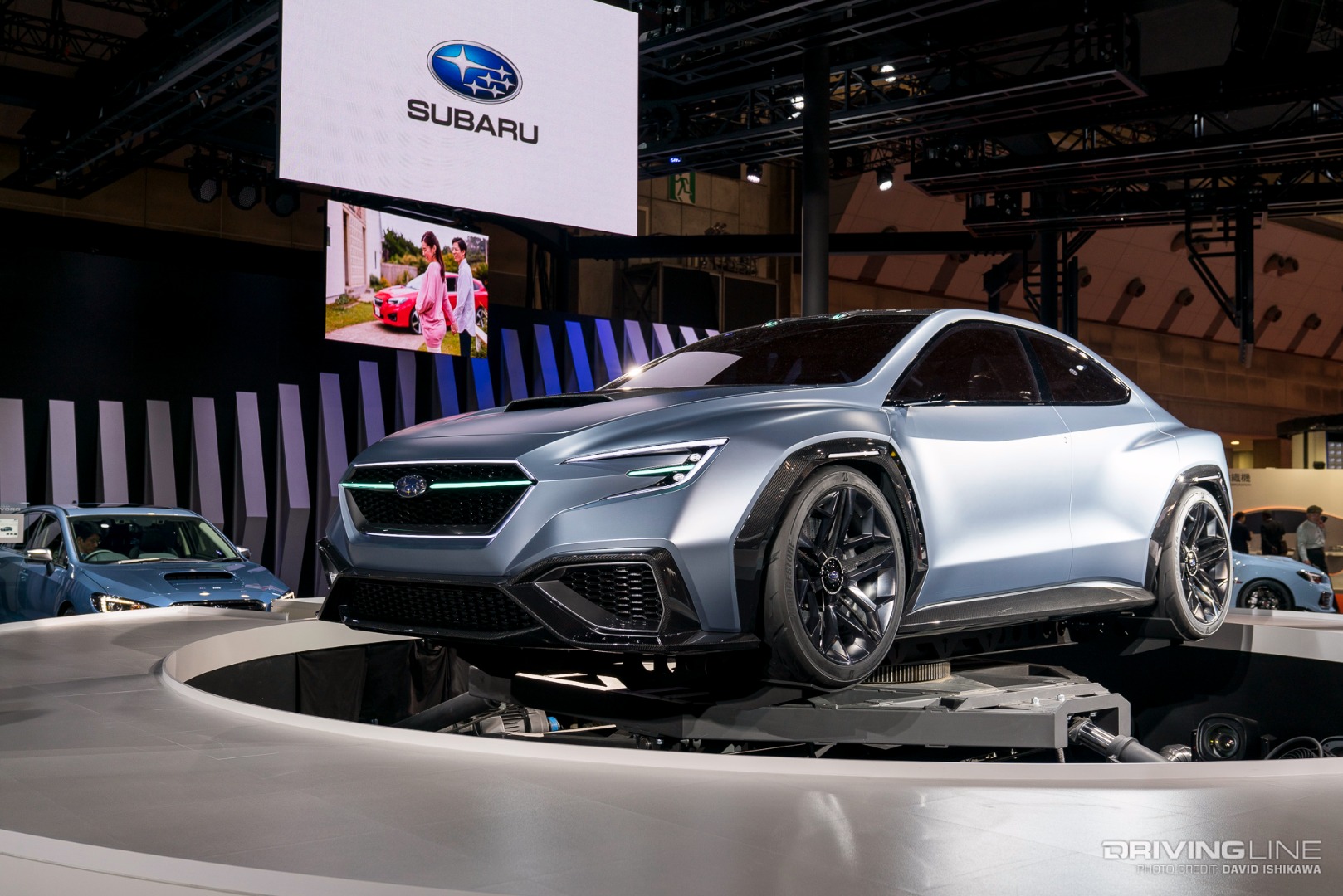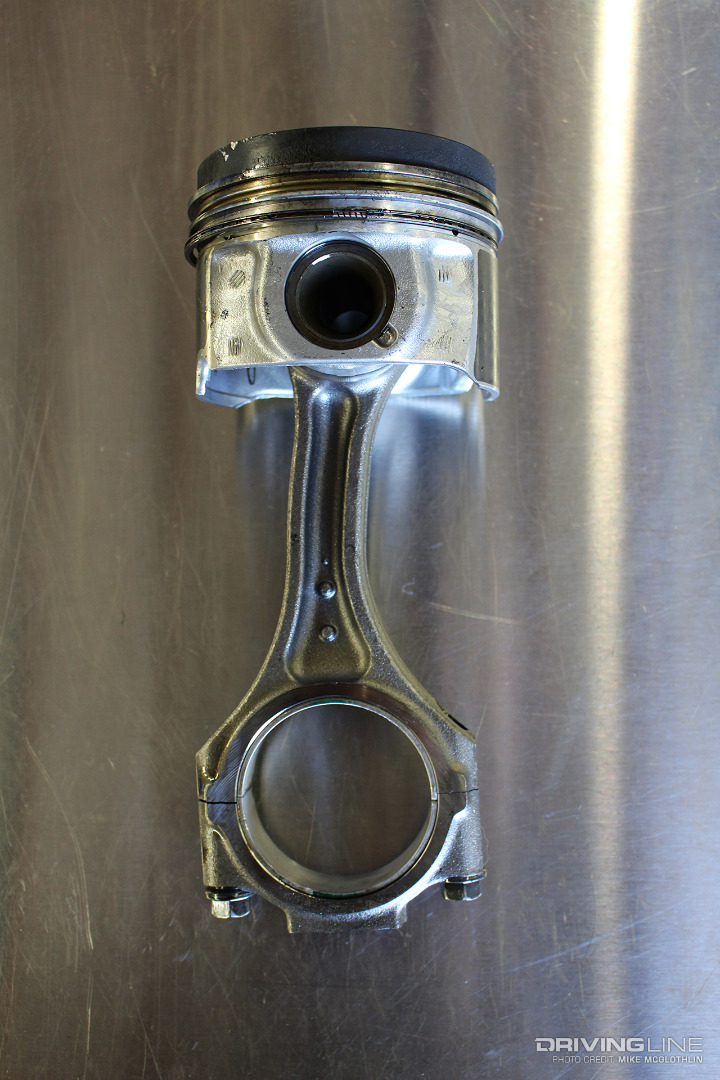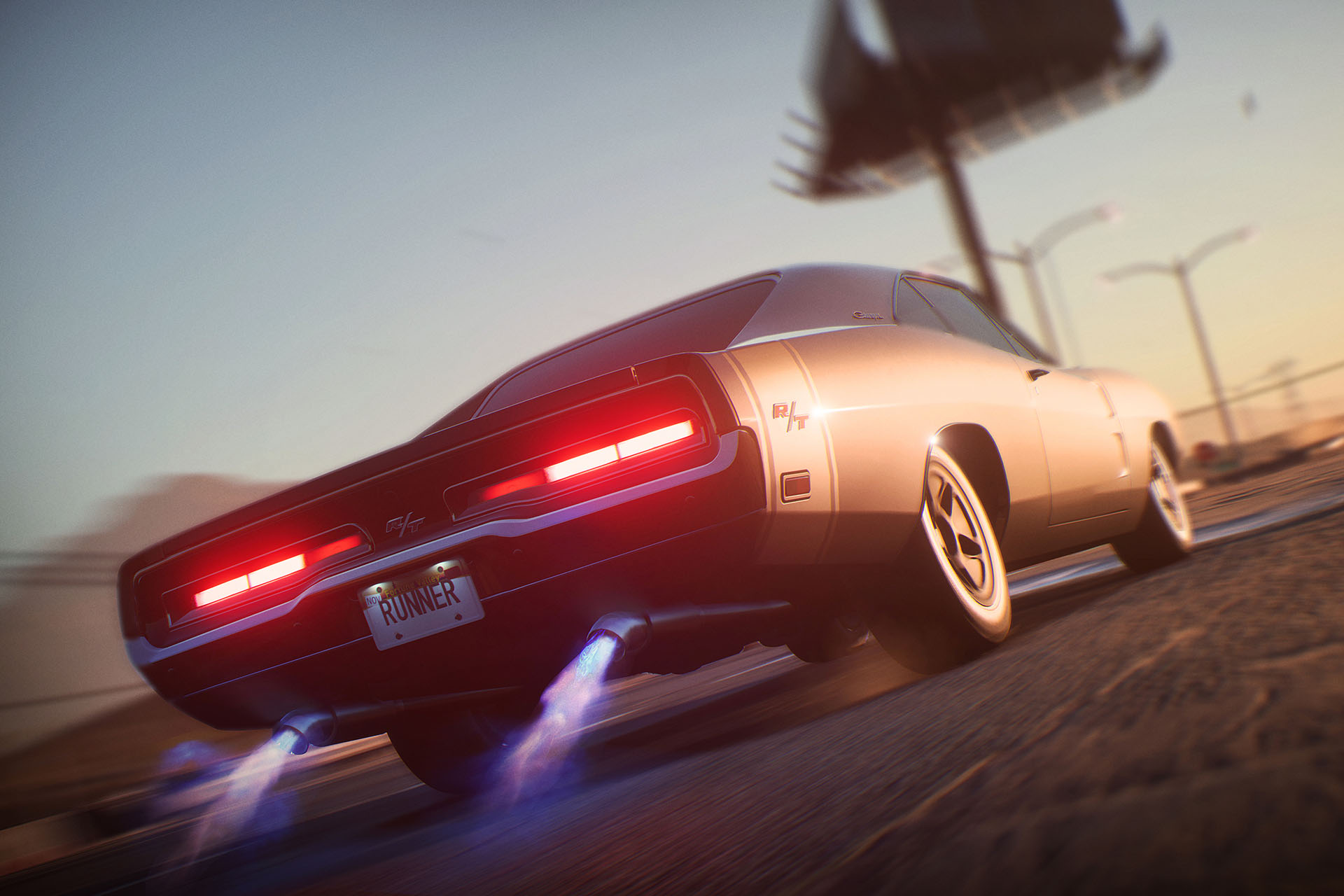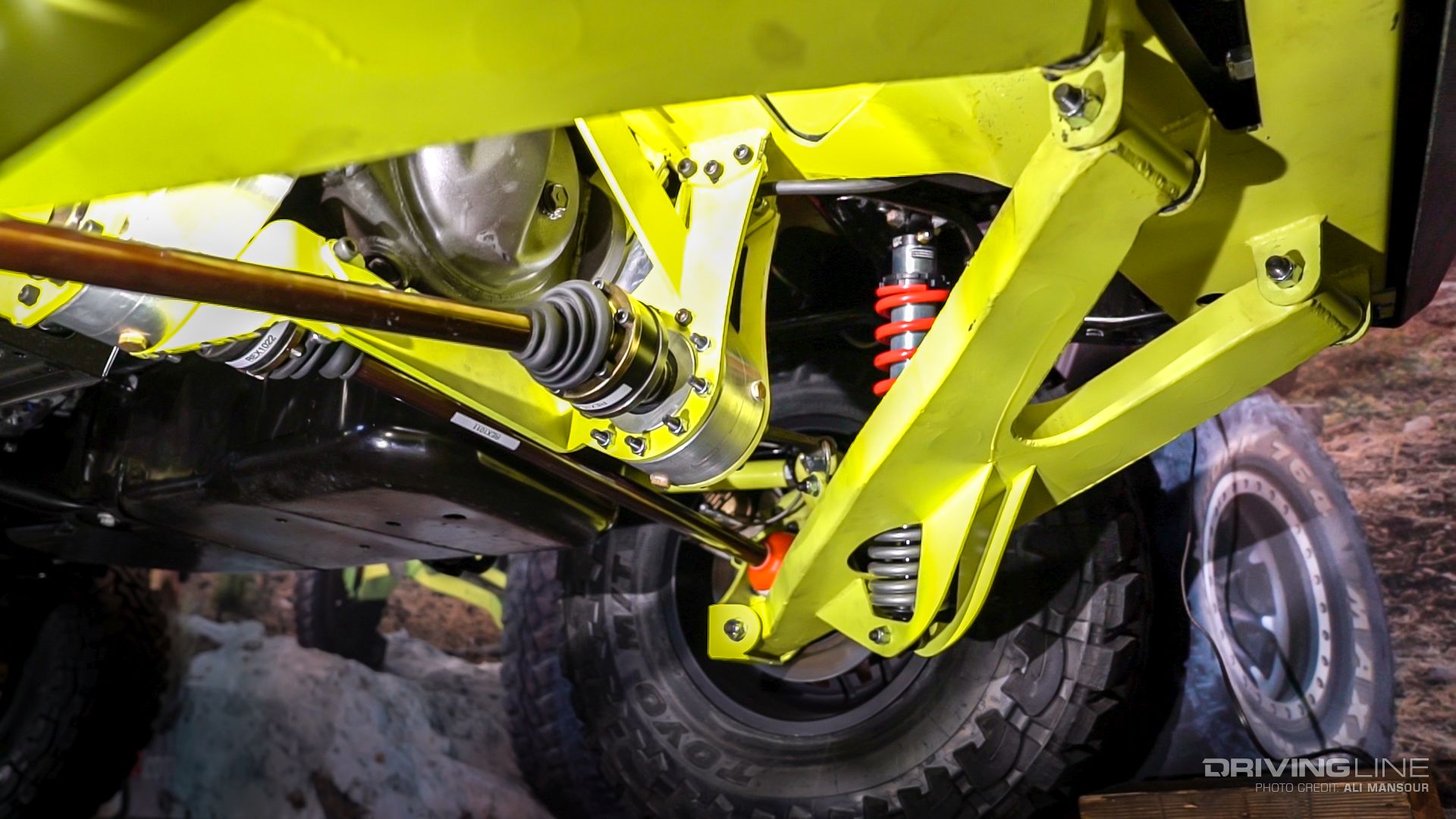Admit it. You’re guilty of this. That wonderful red Harbor Freight Tools coupon book somehow made its way into your mailbox once again—and as you thumb through its pages, your imagination goes wild. Visions of no longer using a breaker bar to undo lug nuts because you now have an impact gun and compressor run through your mind. Or, finally saving money on fabrication because you have your own welder and lathe. You tell yourself you’ll quickly stop by on your way home, just to pick up some extra shop towels or batteries. Two hours and $200 later, you walk out of Harbor Freight with full cart, a slightly lighter debit card and a smile, because you feel like the master of savings! But we’re here to tell you that not everything from Harbor Freight is gold.
While there is definitely a list of great values that keep our editorial staff shopping there, we feel it’s important to know what to spend your hard-earned cash on and what to leave on the shelf. Follow along with this list to get the most out of your own Harbor Freight Tools shopping spree...
1. Jack Stands | DO
We approve! Go ahead and spend the money on these Pittsburgh jack stands. They’re nicely powder coated, plenty strong, and work the same as any other brand. Just get the correct size for the weight of your vehicle.
![Pittsburgh Jack Stands]()
2. Floor Jacks | DON'T
While these floor jacks tend to work for a while, we’ve found that their lifespan doesn’t match those of other, more expensive brands. Leaky seals over time cause a loss of hydraulic fluid, which can become dangerous.
3. Reciprocating Saws | DO
Everyone has heard of a Sawzall, but Harbor Freight has their own, more affordable, version of a reciprocating saw that we’ve used before, and it works just as well. Most situations that warrant this tool aren’t emergency situations, enabling us to leave it's longevity more up to fate.
![Harbor Freight reciprocating saw]()
4. Saw Blades | DON'T
This is an area you want to splurge a bit more. Do yourself a favor and stick to the higher-end brands, like Milwaukee for instance, for your reciprocating saw blades.
5. Magnetic Wall Hangers | DO
Many of Harbor Freight's most useful items make organizing your garage much easier and within a budget. Magnetic wall strips and trays make it easy to quickly stick a few tools and hardware to during a job, so you can spend more time working and less time looking for stuff.
6. Tool Boxes | DON'T
If you’re anything like us, you might open your tool box drawers 100 times in one weekend of wrenching. Harbor Freight’s tool boxes may look neat and resemble more expensive brands, but the devil is in the details. The drawer slides, locking mechanisms and overall quality just doesn’t really constitute the savings.
![US General tool boxes]()
7. Tool Carts |DO
Harbor Freight tool carts, however, are a good investment. These are usually worth the price, and make bigger projects in the garage easier to manage.
8. Welders | DON'T
Just don’t do it. There’s a good reason why Lincoln and Miller welders are so expensive. While affordable, we wouldn’t use a Chicago Electric welder for anything other than an art project.
![Chicago Electric Welders]()
9. Ratcheting Wrenches |DO
If you’ve used these but never owned a set of your own, you should pick up a set of Pittsburgh ratcheting combination wrenches. A set of these from a tool truck will set you back a nice chunk of change, but Harbor Freight's are fully affordable. They make life much easier when it comes to those hard-to-reach bolts, and they haven’t failed us yet.
![Pittsburgh Ratcheting Wrenches]()
10. Mechanic’s Tool Sets | DON'T
Unless it’s Christmas time, your nephew just got his first car and you lack imagination, don’t bother buying one of these. Most of these sets are missing some essential sizes, and come with a few things you’ll likely never need on a car.
![Pittsburgh Mechanic's tool kit]()
11. Socket Sets | DO
Like the combo wrenches, you should buy a few sets of these to have as backup in case you lose your everyday use sockets.
12. Transfer Pumps |DON'T
Trust us when we say these should come with a roll of shop towels. Plain and simple, they leak. And a leaking transfer pump means it can’t even transfer fluid. There’s better ways to do whatever you’re doing with this.
![Pittsburgh Transfer Pump]()
13. Creepers |DO
Why not? It’s just a slab of plastic with wheels on it, and it’ll be easier on your back. While Harbor Freight creepers may not be as comfortable as others, they definitely get the job done for less. Bonus points if you can find the molded plastic ones on super sale—they're definitely worth it!
14. Winches |DON'T
OK you Jeep guys, listen up. When it comes to recovery equipment on your rig, you want to do it once, and do it right. A winch should be a last resort for getting un-stuck, so do you really don’t want to skimp out on it? Probably not. Save your pennies and go buy a Warn.
![Badlands Winch]()
15. Moving Blankets |DO
Big value alert! If you've never kept a store of these, you wouldn’t believe the usefulness of these things. These thick-padded blankets, while cheap, provide a nice cushion for anything fragile. Setting parts down on the floor feels much better with a moving blanket under them. Alternatively, you can use moving blankets to lay on top of when working under the car—if you don’t have a creeper, of course.
16. Test Guages | DON'T
When it comes to detailed tests such as the compression of your cylinders, fuel pressure and brake line bleeding, the last thing you want is a gauge that “probably” works right. Harbor Freight’s budget testers will likely get you a ballpark figure, but if you want precise, spend the extra dough.
17. Extendable Ratcheting Drivers |DO
This might just be Harbor Freight's most useful hand tool. Who enjoys switching out drivers while trying to undo a bolt? If you need more leverage, simply extend the handle out, and voila! That bolt came loose and you didn’t even take the socket off the hardware. Pretty neat tool, and priced fairly too.
![Pittsburgh extendable ratchet driver]()
18. Solar Panels |DON'T
Hey overlanders, if you’re going to spend $55,000 on a Toyota SUV, try to spend more than $20 on your roof-top solar panel. There’s no telling how efficient or weatherproof their panels are, so we just won’t take the risk.
19. LED Lights | DO
Talk about an awesome stocking stuffer. Harbor Freight has a great selection of LED lights in all shapes and sizes for under ten bucks. Definitely a great value for their usefulness, because you can never have enough light.
![Harbor Freight LED lights]()
20. Epoxy | DON'T
Yeah Harbor Freight might have their own version of JB Weld and Loctite, but don’t bother the small savings, just go with the brand name stuff. It’s proven, and not much more expensive.
21. Drill Bit Sets | DO
Again, extra is always good. You may have more important uses for your nice drill bits, so having a cheaper set around for smaller projects isn’t a bad idea.
![Bauer Drill Bit Set]()
22. Air Compressors | DON'T
The big ticket items, although seemingly comparable, just don’t last as long as their more expensive counterparts. Harbor Freight's compressors are no exception to this. We would rather pay somebody on Craigslist for their used DeWalt any day.
23. Combo Wrenches | DO
It’s always good to have a few extra sets of wrenches around, and they’re cheap enough to lose a here and there.
24. PVC Air Hoses | DON'T
A good air hose doesn’t form to whatever shape it’s rolled up into. Do you really want to spend half your day working out kinks and awkward bends in your air hose? We didn’t think so. Go with a more durable, heavier duty brand.
![Central Pneumatic PVC air hose]()
25. Impact Sockets | DO
Harbor Freight has a wide variety of black impact sockets, and they aren’t too shabby. We have yet to break one with our compressor, and they’re thin-walled enough to take lug nuts off too. Another good “extra” set to have in your arsenal.
26. Impact Guns | DON'T
While their sockets are cool, don’t buy the gun from them. While the specs may match some of the better brands, the longevity doesn't. Save your cash a bit longer to buy a nice Makita or Milwaukee gun. We’re not saying to take a loan out for a Snap-On impact gun (unless your work load warrants it), but there are definitely better options for not much more money.
![Earthquake XT cordless impact]()
27. Zip Ties |DO
Buy as many of these as you possibly can fit into your cart. Any REAL shade-tree mechanic knows the utility of a zip tie, and therefore he/she knows the value of buying 100 of them for three bucks.
![Always need more zip ties]()
While there are plenty of examples of things Harbor Freight is great for, we find it helpful to know what to put in our cart and what to walk past. After all, the savings usually mean new/more parts for whatever we're working on, so it’s a win-win. We hope this article helps guide you the next time a new coupon book slips through your junk mail and you find yourself browsing those aisles once again!
Like anything, everyone has an opinion—let us know in the comments your best or worst purchase from Harbor Freight.

